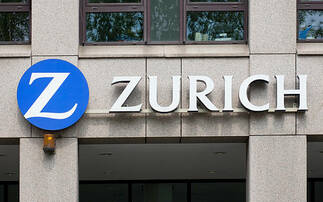IFAs still own the largest portion of the protection market despite its long-term sales slump, according to the FSA.
However their share of the sector is being increasingly squeezed by high street banks and building societies.
Figures released by the regulator in its annual survey of pure protection products - categorized as standalone critical illness (CI), critical illness as a rider, and income protection (IP) - show that IFAs were responsible for 29% of sales from April 2009 to March 2010, but banks and building societies accounted for 22%.
The latter figure is an increase from just 18% in 2008/09 and this trend is reportedly continuing through the first quarter of 2010/11.
The report notes that: "Although the trend has been for a reduction in the sale of pure protection products across the board, not all types of firms have been equally affected.
"Banks and building societies are performing particularly well, with growth rates of 36% year-on-year (yoy) in Q1 2010, while sales by mortgage business, other insurers and personal investment firms (IFAs) contracted by 30%, 21% and 24% yoy respectively during the same period.
"As a result, banks and building societies' market share has increased consistently since Q1 2008 and was at 22% in Q1 2010, to the detriment of other firm types, mostly General Insurance Intermediaries, Mortgage Business and Life Insurers," it adds.
However, banks and building societies are still short of their peak in the five-year-long study of 23% of market share in 2005/06, a year when IFAs held 32%.
Across product types, IFAs and banks and building societies were the top two sellers of CI as a rider with 22% and 21% market share respectively, as a percentage of total pure protection contract sales.
IFAs and life insurers had the largest market shares for IP products, 5% and 4% respectively, again as a percentage of total pure protection contract sales, and the same pair also lead the standalone CI market with 1% and 3% respectively.











